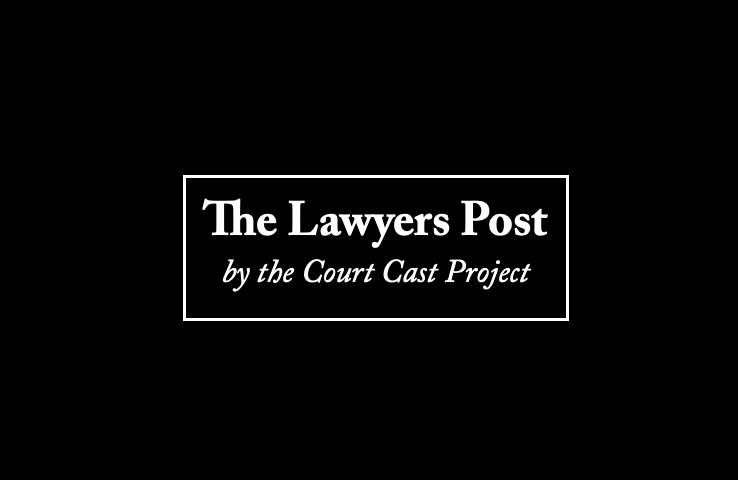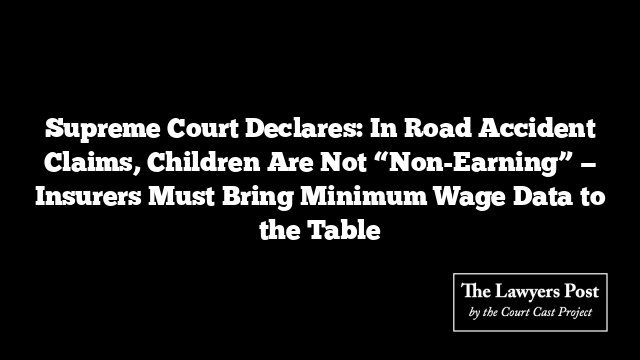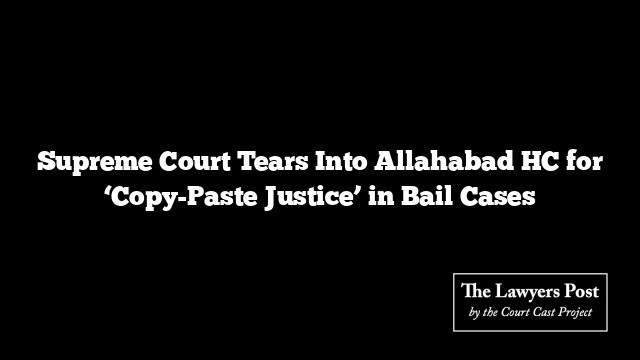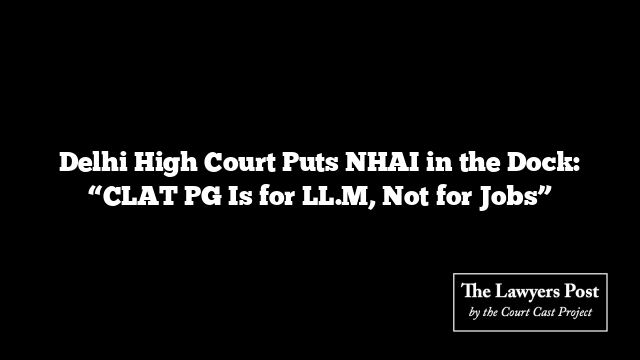In a significant ruling that reshapes how compensation is calculated in motor accident cases, the Supreme Court has held that a minor child injured in an accident cannot be brushed aside as a “non-earning” individual. Instead, the child’s notional income must align with the minimum wage notified for skilled workers in the state where the accident occurred.
The case before the Court concerned an eight-year-old boy who sustained 90% permanent disability in a 2012 Gujarat accident. The Gujarat High Court had pegged his compensation at just ₹8.65 lakh, treating him as non-earning. The Supreme Court tore down that approach, recalculating the amount to a far more realistic ₹35.90 lakh.
The bench emphasized that a child’s future earning potential cannot be ignored simply because the child was not employed at the time of the accident. “It is now a well-settled principle,” the Court observed, “that minors who suffer permanent disability or death in accidents cannot be slotted into the same category as individuals without income. For fairness, the income must at least be equated to the minimum wages payable to a skilled worker.”
Going further, the Court placed a new responsibility on insurers: if a claimant fails to provide income proof, the insurer must furnish the relevant minimum wage notification issued by the state government. This directive will now be circulated through all High Courts to Motor Accident Claims Tribunals across the country, ensuring that the rule becomes standard practice.
Applying its reasoning, the Court fixed the boy’s notional income at ₹6,836 per month (based on Gujarat’s 2012 minimum wage of ₹227.85 per day for skilled workers). Adding 40% towards future prospects, applying a multiplier of 18, and factoring in the child’s 90% disability, the Court dramatically enhanced the compensation. Beyond this, additional sums were granted — ₹5 lakh for pain and suffering, ₹3 lakh for loss of marriage prospects, and ₹5 lakh for an artificial limb.
This ruling not only amplifies justice for the young appellant but also creates a binding precedent ensuring that insurers can no longer hide behind the absence of income proof when dealing with minors.





